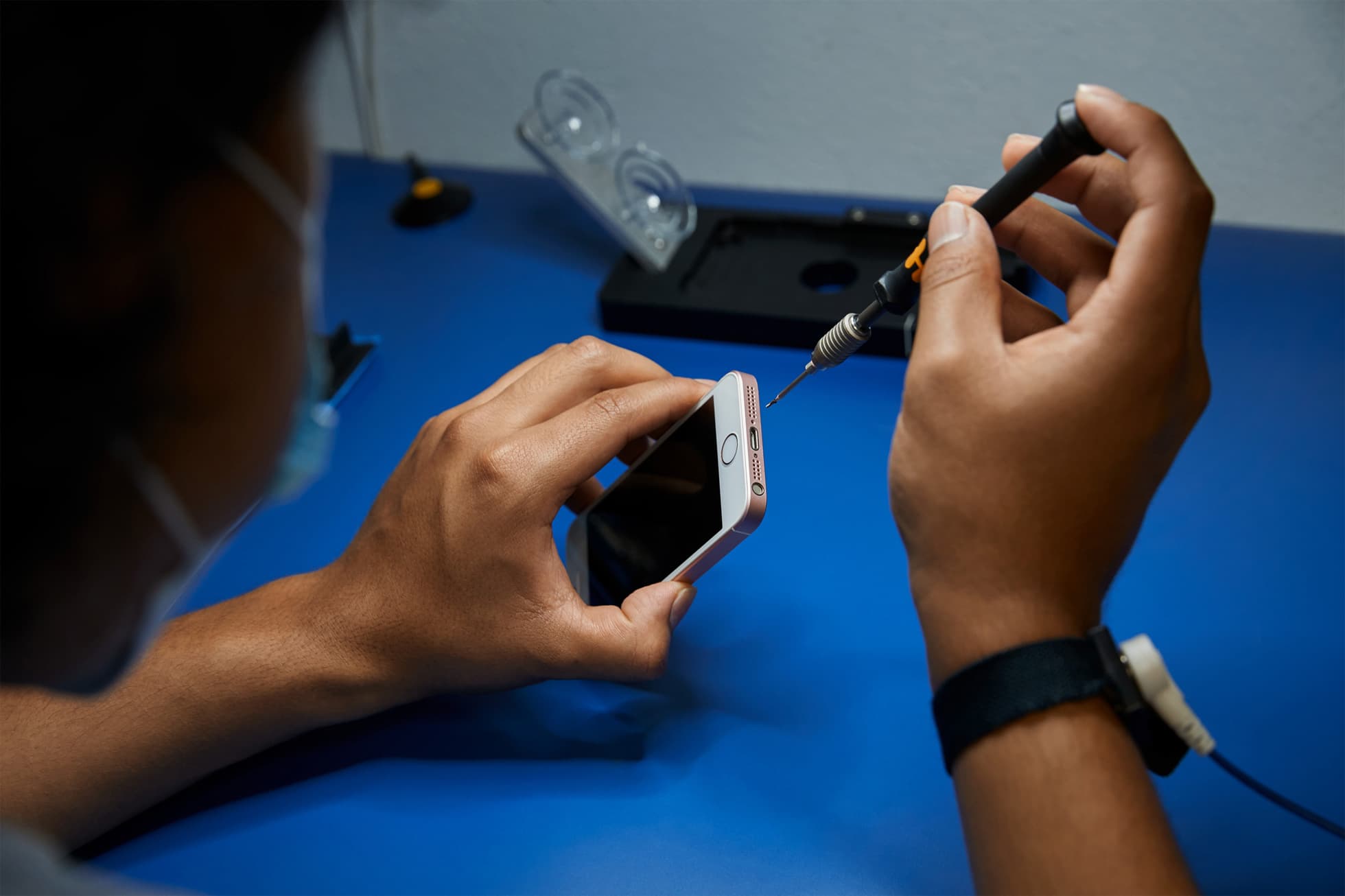Announced in the fall of last year, Apple’s Self Service Repair program officially went live in the United States earlier today. For the most part, Apple has seen a lot of praise for the new effort, giving at least a little bit more control to the device owner when it comes to self service repair. However, there are some things to be aware of, and at least one advocate believes Apple’s still leveraging its own power a bit too much.

Nathan Proctor leads the United States PIRG’s campaign for right to repair. The goal is to get legislation to pass that makes it standard for device owners to be able to repair their down devices. Traditionally, and for years now, Apple has opted to push back against the right to repair effort, deciding to keep things in-house when it comes to any kind of device repairs.
However, as noted by Proctor in the statement released today, Apple has started to shift in its stance thanks to outside pressure. The brand new Self Service Repair program is just one result of that. And, indeed, Proctor’s statement today starts by praising Apple. He even calls it a “rubber hits the road” moment as far as self repair is concerned.
But, it’s not all rainbows and butterflies as far as Proctor is concerned. Here’s the statement:
The dam is starting to give way: Right to Repair is breaking through. Apple users can now, for the first time, order a new screen or battery to repair their iPhones. We’ve seen a lot of signs that Right to Repair was making progress, but this is a ‘rubber hits the road’ moment.
‘We are really pleased to see public access to Apple service guides for the first time in decades. However, it’s clear that Apple is doubling down on requiring each part be encoded to a specific phone, and then requiring a connection to Apple to verify the part before it gains full functionality. I don’t see how locking parts to a specific device and requiring manufacturer approval to install it offers any benefit to the product owner, but it does allow Apple to maintain a lot of control over the repair process. It also means that Apple can decide to stop supporting repairs. If Apple decides that a phone is too old, they can effectively put an expiration date on any product needing repair, defeating one of the most important aspects of repair — minimizing toxic electronic waste.
‘While this is a start, there are still too many hoops to jump through to fix phones. As it’s becoming clear that Apple and other manufacturers can give us the Right to Repair, we should require them to. And we should have more options. Not just one set of parts. Not just a few manufacturers. No product should be tossed in the scrap heap, wasting money and adding to our toxic electronic waste problem, because the manufacturer doesn’t properly support repair.
It’s worth noting that iFixit sent out a similar statement on the matter, agreeing that it’s a great first step overall, but Apple’s rules related to the Self Service Repair program are still too tight.
But, what do you think? Is Apple moving in the right direction, while still being Apple?